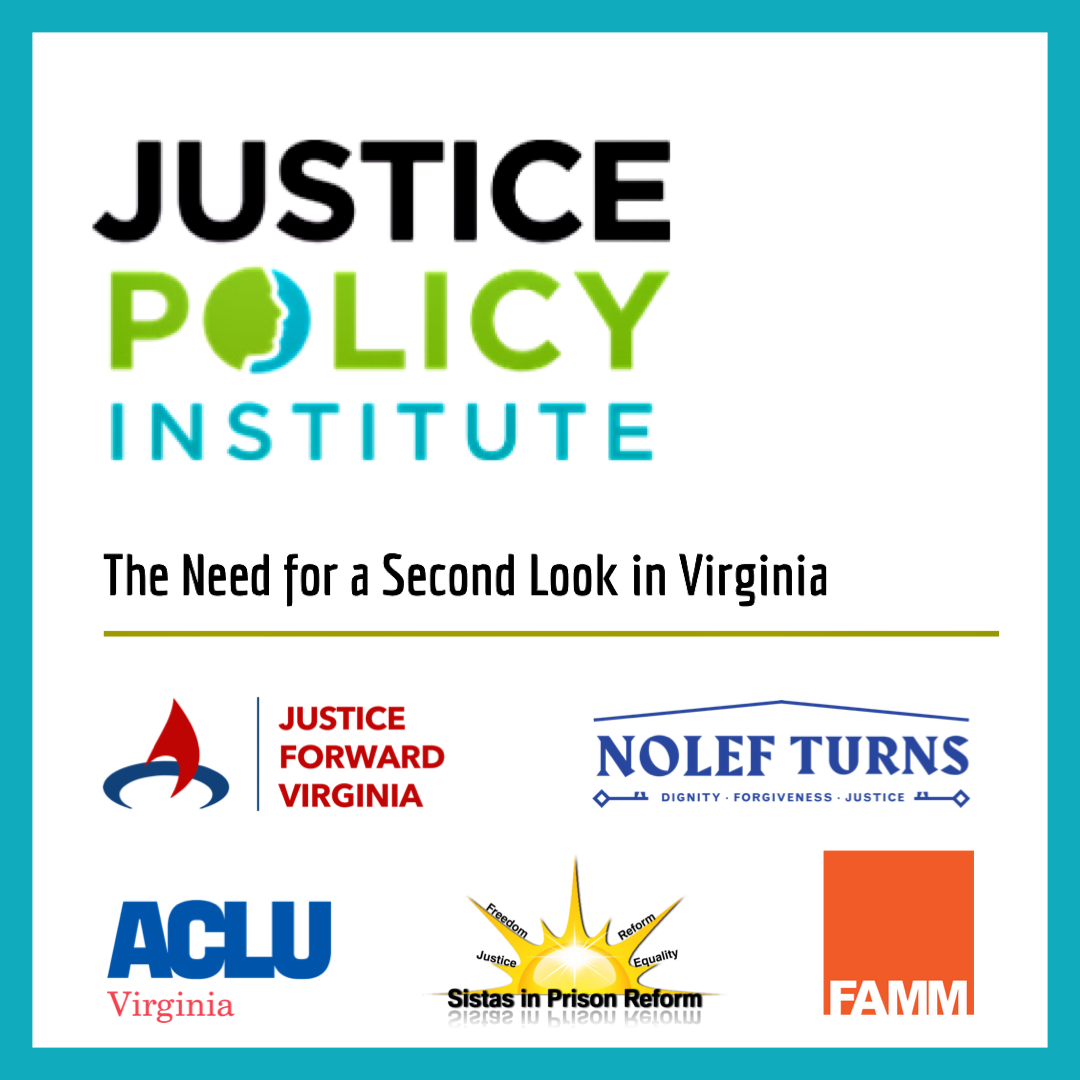The Need For A Second Look In Virginia
Virginia is at a crossroads entering the 2022 legislative session. The number of people in Virginia’s prison system, which declined for the first time in 2009 after four decades of growth, has plateaued in recent years and remains plagued with dysfunction that disproportionately impacts communities of color and keeps people locked up for extremely long sentences.
The toll of mass incarceration in Virginia has fallen disproportionately on the shoulders of its Black and Brown citizens, with devastating consequences. This is particularly pronounced among those persons serving extreme prison sentences.
Some key data points in Virginia include:
● Virginia ranks 9th by prison population size and 13th by rate in the United States. Reform packages, including efforts to change jury sentencing, geriatric parole, and alternatives to incarceration over the last several years, have contributed to a slight decline in the overall prison population. However, over half of the prison admissions in 2020 remained nonviolent offenses that could be addressed outside of confinement. And Virginia has done little to tackle long prison terms, which increasingly sustains mass incarceration.
● There remain stark disparities within the adult prison system in Virginia. Despite only accounting for 19 percent of the state population, Black people comprise 55 percent of the prison system. On average, Black individuals received a sentence 62 months more for the same offense when compared to white people.
● One in seven people in Virginia prisons, 4,193 individuals, is serving a life sentence or a virtual life sentence (serving at least 50 years). Since the 1970s, this number has increased by more than 90 percent. Currently, Virginia is ranked 20th in the nation for the number of people serving a life or virtual life sentence and 13th for the number of people serving a life sentence. With the recent abolishment of the death penalty, this population is predicted to continue to grow.
● The increased use of long-prison terms has a devastating effect on an already aging prison population. The latest reporting indicates that 14 percent of the prison population is at least 55 years old, nearly doubling the proportion from 2011 when it was only 8 percent.
● Parole was abolished in 1995, but continues to block the release for a significant amount of individuals. In the first nine months of 2021, the parole board heard over 2,000 cases. They granted parole to only 134 people during this period, including 21 geriatric parole grantees. This translates to a 5 percent grant rate, significantly lower than neighboring states. In the same timeframe of 2021, nearly 60 percent of the denials were justified by the statement that “more time is necessary based on the circumstances of the offense.”
Current practice in Virginia has caused a ‘stacking up’ of aging people serving extremely long sentences. Support for a second look provision has been growing nationally among sentencing experts, supported by research suggesting that the country’s use of long-prison sentences merits the creation of a mechanism for a review by a court. This type of innovative policy reform can significantly alter Virginia’s long prison-sentenced population and bring much needed proportionality to the system.
For more information, see Justice Policy Institute’s full report here.

